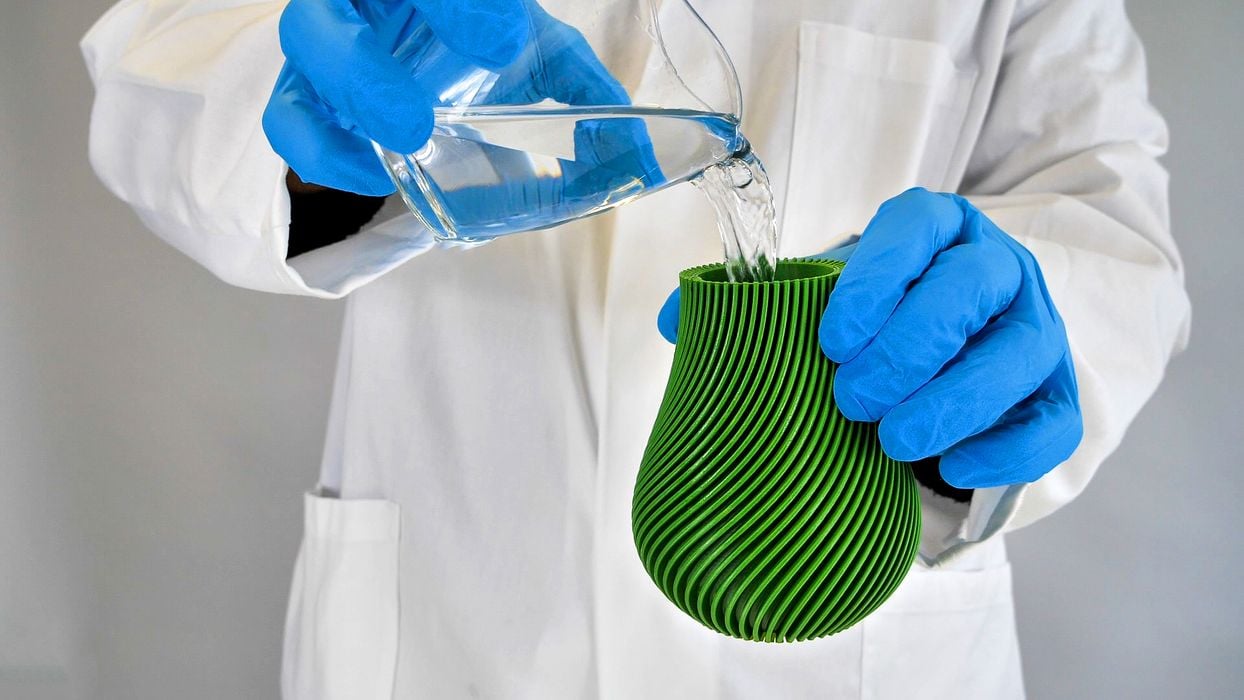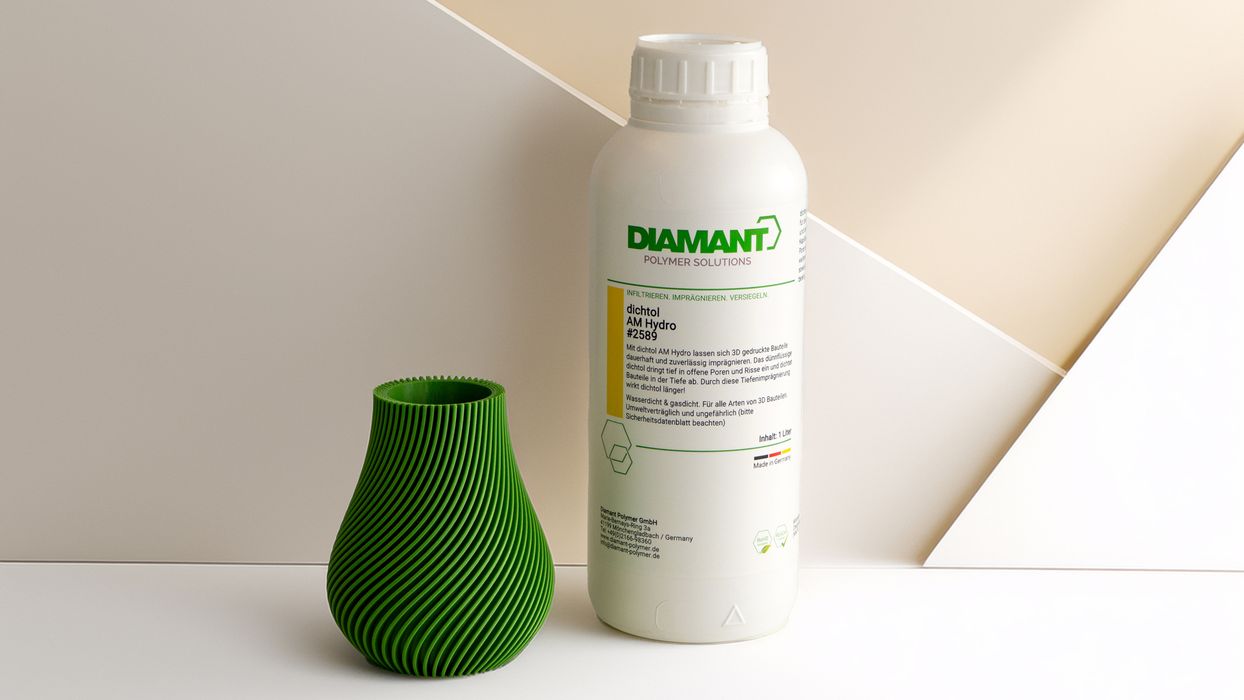
Have you ever tried to 3D print a waterproof object? There’s a solution for you.
While the 3D models we print are “watertight”, that’s only describing the theoretical surface of the 3D structure. When transforming them to physical reality, watertight is difficult to achieve.
Why so? It’s because 3D prints are made layer by layer. The layers tend to have gaps in certain areas, typically where there are angles and the layers don’t perfectly align.
Don’t believe me? Try 3D printing a basic cup using standard 3D print parameters. Then fill it up with water. Usually, there are a number of leaks, where water escapes through these gaps.
How do you seal up these gaps and make your cup truly watertight? There are several approaches:
- Raise the hot end temperature to make the material a bit more sloppy and more likely to close gaps
- Increase the number of perimeters, sometimes substantially, to try to block gaps
- Use solid infill
All of these may work or at least contribute to increasing the likelihood of a truly watertight print, but they are not guaranteed. However, they all introduce some type of compromise in your print: more material is used, the object is much heavier, etc.
The only guaranteed approach is to paint the print with a sealant after printing. These are designed to create a watertight seal completely around the object.

I recently ran across a sealant specifically designed for additive manufacturing from DIAMANT Polymer Solutions. Their “dichtol AM Hydro” seems to be the perfect solution for sealing 3D prints. They explain:
“dichtol AM Hydro is known for its ability to effectively seal microporosities in 3D printed objects, making them gas- and watertight. The user-friendly, solvent-free high-performance polymer can be used to quickly and reliably infiltrate, seal, impregnate, and finish additively manufactured objects of all kinds. dichtol adapts flexibly to the application conditions of additive manufacturing and reliably seals pores up to 0.2 mm in diameter.”
The difference between regular sealants and Dichtol AM Hydro is that it more deeply penetrates the 3D printed material, ensuring sealing.
How do you use this sealant? The company advises dipping objects into a bath to guarantee all surfaces are covered. However, if only a portion of the surface is to be made watertight, they recommend painting that region without dipping. For larger objects, they suggest spraying. Small channels are required for the sealant to reach difficult interior regions.
The sealant must then dry, and Dichtol explains that it takes about an hour per millimeter of depth to completely dry. However, after only 60 minutes, the surface will be completely dry, and this enables moving the parts elsewhere to complete drying.
Apparently, Dichtol AM Hydro works at a variety of temperatures, so there’s less concern about the environment at the workstation.
Dichtol said the sealant works very well on the most commonly 3D printed materials, including PLA, ASA, and ABS, and even nylons. The sealant works on objects printed in these materials on a variety of 3D print processes since it is used during post-processing.
Finally, Dichtol AM Hydro is water-based and is completely solvent-free.
The product is priced at €73.51 (US$80) per liter, but they also sell 250ml bottles for only €28.41 (US$31).
